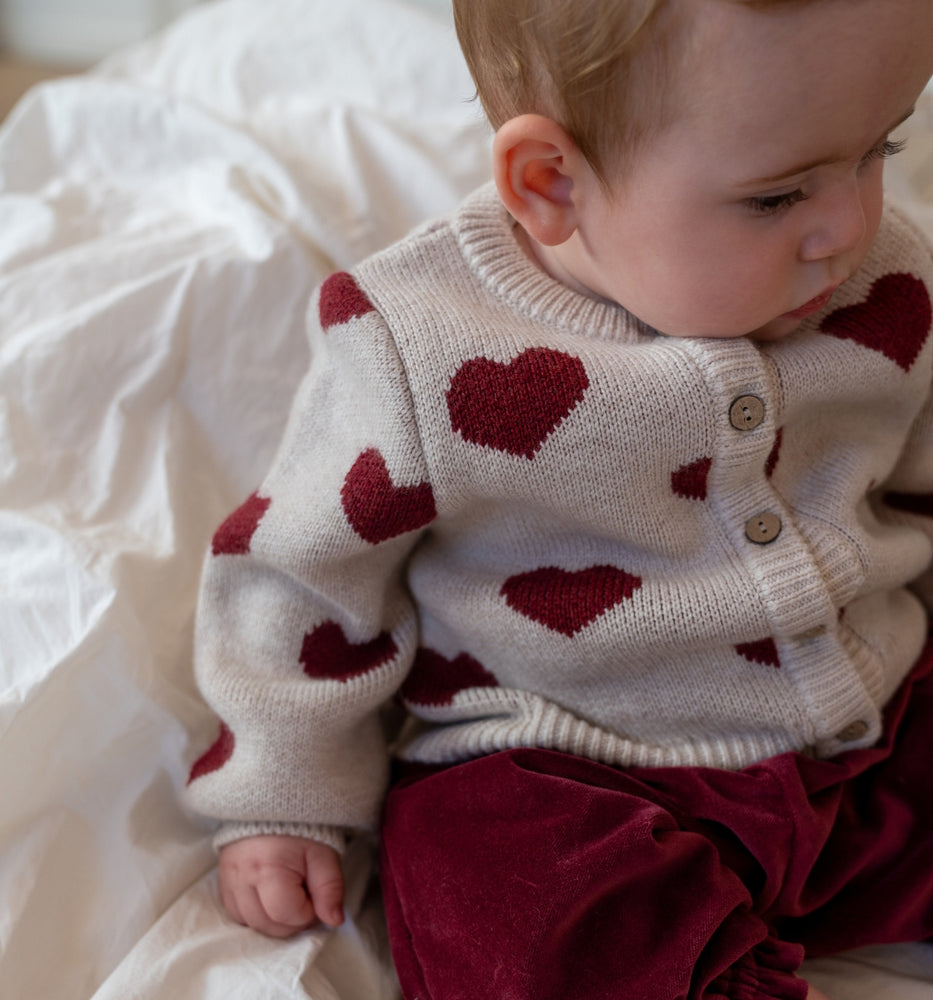Wheat x Pond: Status & Learnings from Year 1

Wheat x Pond: Status and learnings – year one
A year ago, we set sail on an ambitious journey: To create plant-based and bio-degradable thermo wear.
We stand shoulder to shoulder in this effort with Pond Biomaterials – co-funded by Food & Bio Cluster Denmark (BioSolutions Denmark) and the European Union.
It’s a moonshot – very ambitious, we know. But it always seems impossible until it’s done!
Here are the key things we’ve learned so far:
1. More expensive than expected (surprise!)
The granulate from Pond is more expensive than our GRS-certified recycled polyester – we knew that from the start. But as things stand now, the final product would simply become too costly for most families. Even though many are willing to pay a premium for a more sustainable solution, the price gap is still too steep.
Our biomaterial is produced and shipped from Denmark, so freight and import costs add up as well. Until we have a local solution closer to production, this remains a challenge to solve.
2. Wheat colors aren’t quite there yet
The first dye tests didn’t pass the color fastness test for darker shades. For now, we can only work with lighter tones while exploring new pigment options.3. Yarn strength needs improvement
Early tests showed too low snagging resistance – meaning the fabric frays and pills too easily. We’re now testing snagging resistance before dyeing to see if that’s where the issue lies. Each test requires large quantities – around 1 ton per round!
4. Suppliers need to see the value too
Our fabric supplier has a strong business built on GRS polyester (the material currently used for Wheat thermo wear), and the spinner we’re testing with in China doesn’t always follow the process guidelines. This makes development slow and inconsistent.
We’re now creating an improved collaboration model to give stronger incentives for our production partners as well.What’s next?
🎨 Testing new pigments for improved color fastness
🧶 Testing yarn strength both before and after dyeing
🗑️ Running trials on larger machines to reduce fabric waste
Stay tuned!
📸 Photos from our recent visit to our production unit in China













